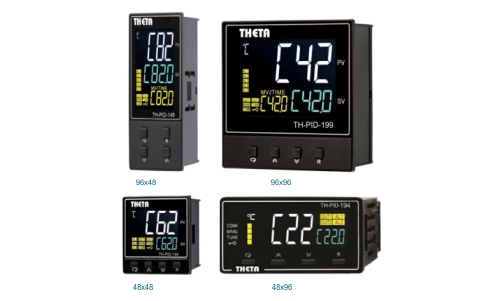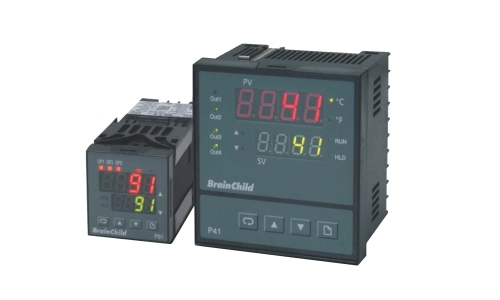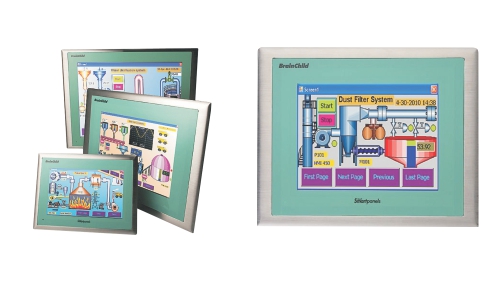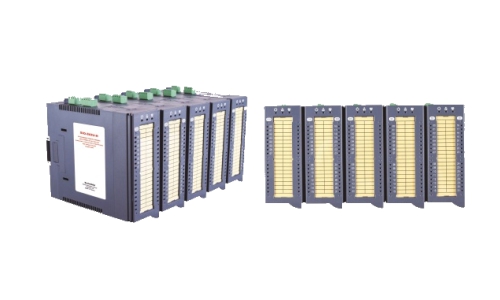Process Control :
In the dynamic landscape of industrial operations, precision and efficiency are paramount. At Theta Control, we are dedicated to providing cutting-edge Process Control Instruments in Pune, designed to empower industries with seamless control and optimization of their processes. Whether you operate in manufacturing, energy, or any other sector requiring sophisticated control solutions, our instruments are crafted to meet your specific needs.
The ability to monitor and adjust a process to produce the desired output is process control. Process control is used in industries to maintain and improve quality. A process control system ensures that a continuous industrial process will operate consistently, smoothly, and reliably at the desired efficiency level with only normal variance. A properly thought out and implemented process control system can offer businesses many advantages.
Process Control Instruments
Instrumentation and control describe the analysis, measurement, and control of industrial process variables using process control tools and instruments, such as temperature, pressure, flow, level sensors, analyzers, electrical and mechanical actuators, automated control systems, and more. To increase the effectiveness of control systems, many types of controllers are used.
Process control instruments monitor and manage process variables in an industrial setting with hardware and software technologies. Mathematical models of the systems and processes used in industry are used to create Controller Control Systems.
Almost every sector with repeatable manufacturing requires Industrial Control Systems and Process Control Instruments. We offer numerous Temperature Control Systems and Accessories to ensure customer satisfaction in various industries.
PID controller
PID controllers, also known as three-term controllers, are control loop mechanisms that use feedback and are frequently employed in Industrial Control Systems and other applications that call for continuous regulated control. A PID controller regulates temperature, pressure, flow, speed, and other process variables in industrial control applications.
The difference between the desired setpoint and a measured process variable is the error value that a PID controller continually calculates and applies a correction based on proportional, integral, and derivative terms. An accurate and responsive correction is automatically made to a control function by PID.
PID control is a well-known method of directing a system toward a specific position or level. As a method of temperature management, it is practically ubiquitous and used in various scientific and chemical, and automated processes.
Different Types of Process Controllers
On-off, Proportional, and PID controllers are the three basic types. Depending on the system to be handled, the operator can employ one type to control the operation.
- On-off
The simplest form of the temperature control device is an on-off controller. There is no intermediate state; it is either on or off. When the temperature exceeds the set point, an on/off controller will switch the output. Limit controllers are one unique variety of on-off control. When a specific temperature is achieved, this controller uses a latching relay that must be manually reset to shut down a process.
- Proportional Control
On-off control cycling is intended to be eliminated using proportional controls. As the temperature gets closer to the setpoint, a proportional controller reduces the average power provided to the heater. This has the effect of slowing down the heater so that it does not overrun the setpoint but instead approaches it and maintains a consistent temperature.
- PID Controller
This standard PID controller combines integral and derivative control (PID) with proportional control to assist the device in automatically accounting for system changes. These modifications, integral and derivative, are stated in time-based units; they are also known by their reciprocals, RESET, and RATE, respectively.
Each proportional, integral, and derivative term needs to be "adjusted" to a specific system through trial and error. It provides the most accurate and steady control of the three controller types and is best suited in systems with a low mass that responds quickly to changes in energy input.
Application of PID Controller
Adjusting some of the physical parameters in control systems, including pressure, flow value, temperature, and others is the primary use of the PID controller. This device is also useful for keeping these physical parameters constant. Some other PID controller uses are:
- In many industrial applications, huge furnaces heat and melt many components. Temperature values must be regularly monitored so that the furnace temperature remains constant. Thus a PID controller is necessary.
- Can be used as a high-level power point tracking controller device.
- Suitable for use in power conversion devices.
- To maintain the humidity and temperature levels in various areas, PID controllers are used.
Our atest TH.PID 1 series with many innovations
- Heater break detection
- Profile Controller
- Multiple event inputs
- Remote setpoint
- High Accuracy 18 Bit A-D-C Input and 15 Bit-AGropur D-A-C Output
- True Universal Inputs of Thermocouple, RTD, MA, V
- Fuzzy+PID Control
- Possibility of both RS-485 and Analog Transmission
- Auto Tuning
- 2 Programs Each With 8 Segments of Ramp & Son
- Up to 6 Event Inputs
- CT inputs For Heater-Break Detection
- High Sampling Rate of 200msec
- Bidirectional Menu Navigation

- Total 9 profiles with 16, 32, and 64 segments at most
- Each segment is to be configured as a ramp or dwell (soak)
- The fast sample rate of 200 msec
- Up to three relays are configurable for event output
- Analog retransmission
- Optional RS-485 or RS-232 communications
- DAQ software is available and can be customized

- It supports many PLCs like (ABB, GE Fanuc, Siemens, etc.)
- Supports various protocols like Modbus, Ethernet, CAN open, Profibus, etc
- Data logging, bar graphs, trends, and alarms.
- Animation: display/hide, flash, color change.
- FDA 21 CFR - Part 11 Compliance

- Many types of IO modules available
- RS-485 with Modbus RTU protocol
- Can be used as external channels for PR series Paperless Recorders
- Add on 10 to existing PLC, HMI & SCADA systems
- Cost effective Remote IO solution
- Data Acquisition software available and can be customized

- All-in-one device including functions of PLC, HMI, and I/O modules
- 10.4-inch TFT LCD True Colour display
- Horizontal / Vertical installation
- Communication: RS232, RS422/485, Ethernet, CAN, USB, VGA, HDMI, Audio
- 32 input and 32 output points provided
- Motion control and high-speed counting function included

- Auto-tuning /Self-tuning and Fuzzy Logic
- Inputs: T/C, RTD, mA, V DC, Analog input for Remote Set Point
- Outputs : Relay/Pulse/mA/V DC, Analog Retransmission Output
- Optional: RS-485/RS-232 Interface
- Event input for changing function, set point
- DAQ software is available and can be customized
